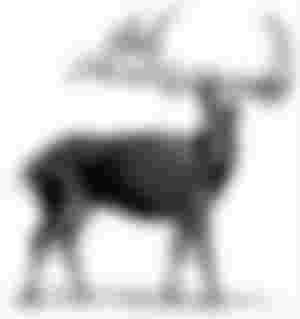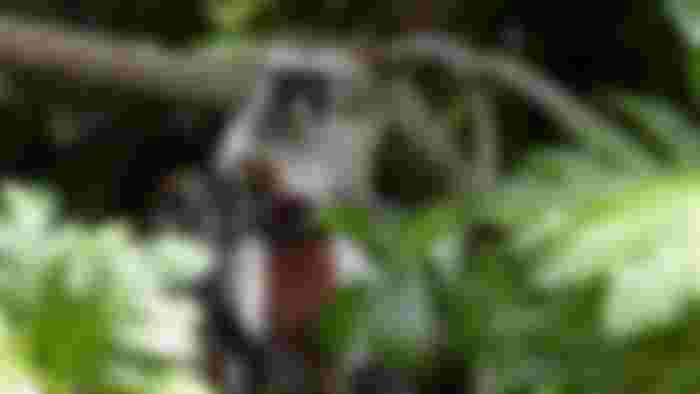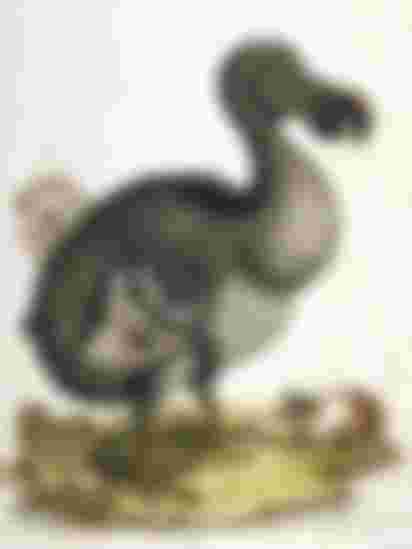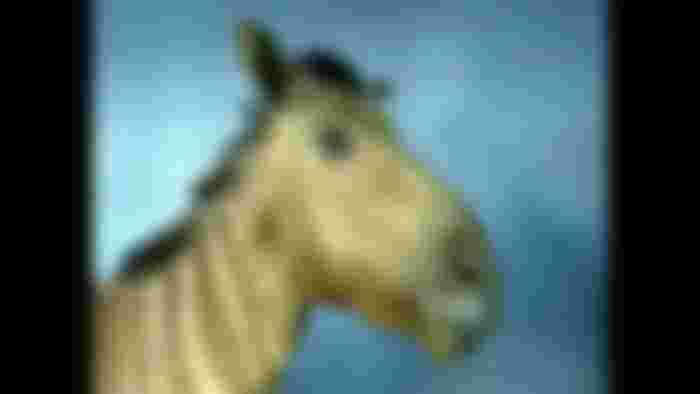Dinosaurs became extinct more than six and a half million years ago The common notion is that extinction is a rare occurrence. And when you think of extinction, the dinosaur's face appears in front of your eyes.

Unbeknownst to us, many animals around us are getting lost. According to the World Wide Fund for Nature, a non-governmental organization working to protect biodiversity, about 10,000 species are becoming extinct each year.
The WWFN, however, says humans have no clear idea of how many species of animals now live in nature. Which is why it is difficult to say exactly how many animals are becoming extinct.
Lost or extinct animals will be commemorated worldwide on November 30. Before that let's get acquainted with some of the species that became extinct:
Waldron's Red Colobus (Ghana and Ivory Coast)
Jibar Red Colobus extinct Miss Waldron's Red Colobus
This red-headed monkey became extinct in the 2000s. They live on the border of Ghana and Ivory Coast.

Miss Waldron's Red Colobus features no thumbs.
These animals usually lived in groups in dense forests, which is why their numbers began to decline as the size of the forest decreased.
At the same time, they became extinct because their fertility and general pattern of reproduction slowed down.
Yangtze River Dolphin (China)
The Chinese river dolphin was considered one of the oldest freshwater aquatic animals The dolphin was declared extinct in 2006. These pale and gray dolphins of the Yangtze River are not as attractive to look at as other dolphins. These dolphins could give a perfect idea about the location of aquatic animals.

The noise, pollution and lack of food of fishermen and other traders in the rivers of China have increased, endangering their quiet and secluded life. This species is very unlikely to return.
Caribbean Monk Seal (Seranila Arrow of Jamaica and Nicaragua)
The going seal belongs to the tribe near this species This species of seal lived in the Caribbean. The animal was found in the Gulf of Mexico, the east coast of Central America, and the north coast of South America.

But in order to melt their body fat into oil, they gradually began to die at the hands of predators. At the same time, the number of marine fish, their source of food, began to decline. They were last seen in 1952 off the coast of Jamaica and Nicaragua.
Labama Pigto (United States)
River oysters in the Republic Until 2007, this species of oyster was found in the Alabama River in the United States. The reason for its naming is that it looks a lot like a pig's foot, and is generally effective in preventing river pollution.

But in the end they have disappeared due to pollution. This shows how dangerous levels of chemicals are in the water.
Dodo (Mauritius)
Not seen anymore The most famous of the extinct birds is the dodo. Like the dinosaurs, this bird became extinct long ago. When there was a human settlement in Mauritius, this bird could not fly to meet the demand for food. The last time this bird was seen was in the late 1800's.

Stellar's Sea Cow (maritime region between Alaska and Russia)
Stellar C. Cow seen on Bering Island in 1 This breed was huge in seal size, the adult stellar C cow was up to nine meters tall. Hunters have always looked to them for their shape and body fat. They were seen until the middle of the 18th century.

Coaga (South Africa)
Amsterdam Koagati died in 183 at a zoo Amsterdam Koyaga is thought to have disappeared because of its beauty. The first part of the body of this African animal is like a zebra, but the striped spots on the back of the body have become much lighter and have become like horses. The last Amsterdam coyote died in 183 at a zoo.

Irish Elk
Rish elk was much larger than normal elk The Irish elk or Irish deer looked just like the common elk, but was much larger in size. Its height is two meters long and its body length is more than three and a half meters. It was last seen about 6,700 years ago.

White-tailed Eagle (UK)
White-tailed eagle Let's end with the good news, the white-tailed eagle almost disappeared in the UK in the early twentieth century. But this is a great looking bird whose wingspan is up to two meters. Although it has become extinct in Britain, it is now seen in other European countries. But other extinct animals are not as lucky as this bird.

Thanks for reading.
Thanks @Dreamer @ErdoganTalk for supporting us😇😇
Every Image from Getty image










sad but likely accurate observations 🙁